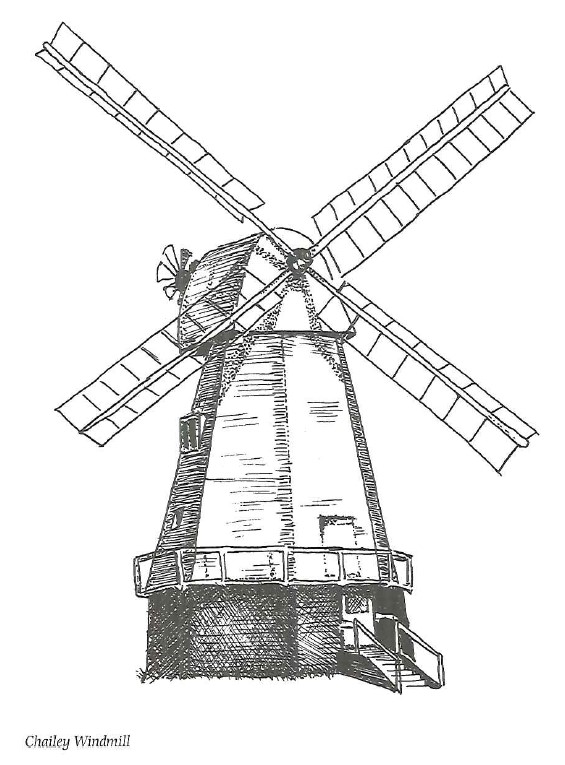“The village by the water where the willow trees grow.” A lyrical name for a lovely place, described by the writer E.V. Lucas as the Jewel of Sussex.
Farmer Edward Frisby Howis certainly loved the place so much that he stated in his will that he should have a spy hole in his grave to look out across his acres at Sunnyford Farm. Accordingly when he was buried in Withyham churchyard in the early years of the 19th century a length of drainpipe was designed to run from his grave to an outlet with a view of the open countryside.
The steep climb to the church, with its view across a lake to Hartfield’s spire piercing the distant woodland, is worth getting out of breath for. The building contains many memorials to the Sackville and de la Warr families, the most impressive being Caius Cibber’s sculptured monument to Thomas Sackville, who died in 1677 at the age of 13. The lifesize marble figures of his parents, in contemporary dress, kneel on cushions gazing sadly at the boy, who reclines holding a skull (to signify death in infancy). Around the table tomb is a frieze of children.
It is said that the steps of black stone on which the monument is raised act as a barometer. If they bear signs of damp, as if they have recently been washed, then a change in the weather is on the way.
Withyham almost lost its church in 1663 when a fire partly destroyed the building. The parish register was blunt about the disaster, stating that on June ye 16, was Wytheham Church burnt down by a tempest of thunder and lightning.’
The Sackvilles, who were eventually driven away from Withyham because of the bad state of the roads, included two poets in the family. Thomas Sackville, born a second cousin to Queen Elizabeth I in 1536, is credited with reintroducing
melody into English verse a century and a half after it had ceased with Chaucer. Charles Sackville, Sixth Earl of Dorset, was one of the more rakish pals of Charles II whose behaviour apparently scandalised Mr Pepys. But he was a great patron of men of letters and had the knack of writing graceful and lively verse himself. He went on to become Lord Chamberlain in the household of William of Orange.
It was the custom on the birthdays of the Earl and Countess de la Warr to fire a salute across the lake in Buckhurst Park from their private battery of 14 guns. Only seven of the guns were fired when any of their children had a birthday except in the case of the eldest son, Lord Buckhurst, who had the full battery blaze away in his honour. The de la Warr children used to delight in using the guns for target practice but their aim was sometimes wayward. After a shot had penetrated as far as Hartfield High Street the Earl intervened and the battery was silenced forever, the children presumably settling for the more mundane but safer candles on a birthday cake.
In the middle of the 16th century one Isaac Rogers found himself in trouble at the Quarter Sessions for keeping an illegal alehouse at Witheham’ – presumably The Dorset Arms. He admitted ‘total ignorance of the laws and statutes of the kingdom’, said he was very sickly by nature’ and only sold beer to keep himself and his family from being a burden on the parish. Maybe Isaac got away with it because the pub has been providing rest and refreshment ever since it was built in the 15th century as an almshouse.
